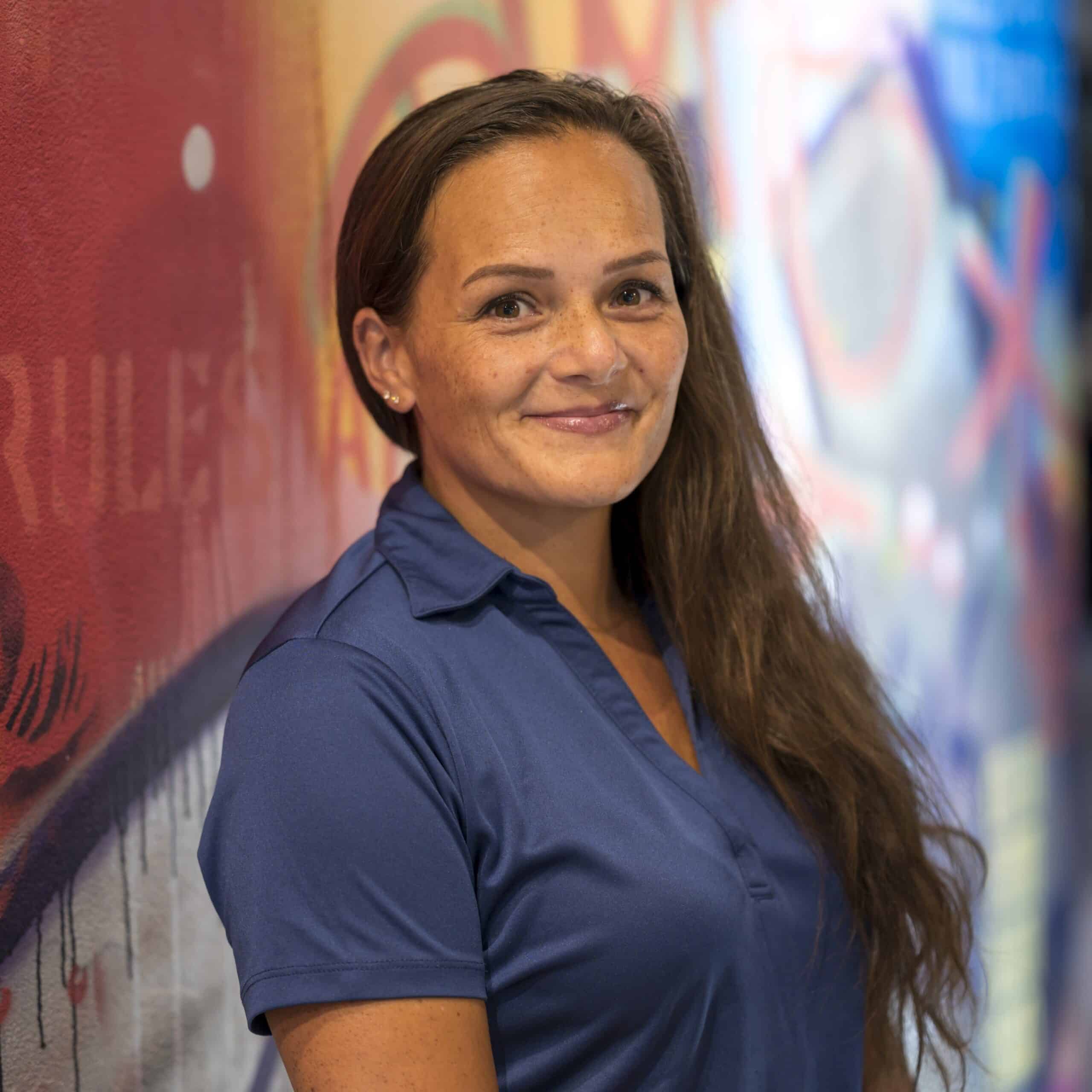A Scrum Master’s Product Owner focus
As a new Scrum Master or a potential Scrum Master, it can help you to know what your daily activities could be. That’s why I’ve created a blog series about what a Scrum Master does all day. As explained in our overview article, I’ve divided a Scrum Master’s daily activities into 3 focus points: a Scrum Team focus, a Product Owner focus, and an organizational focus.
In this second part of my ‘What does a Scrum Master do all day?!’ blog series, I’ll tell you all about your interaction as a Scrum Master with the Product Owner as a Scrum Master’s working life doesn’t only focus on the Scrum Team. Your Product Owner is an essential element, which results in many supportive responsibilities. Let me tell you how you can become the Robin to your team’s Batman.
A Scrum Master’s Product Owner focus
Although a Scrum Master has a big team focus, as you can read in the first blog of the series, you also have an important role in supporting the Product Owner. You can help with the Product Vision, the Product Backlog, stakeholder management, budget and transparency, and many more tasks.
Let’s see what those activities entail for you as a Scrum Master.
Support the Product Owner in creating and managing the Product Backlog
Creating and managing the Product Backlog is an activity we want to see the Product Owner do. However, you can use different methods for that.
As a Scrum Master, you can, for instance, support your Product Owner in setting up a Story Map or encourage stakeholders to describe the Product Backlog Items they are interested in. Although this activity can be delegated, the Product Owner stays accountable for managing the Product Backlog.
Support the Product Owner in estimating the Product Backlog value
The accountability of the Product Owner is to manage the Product Backlog. Ordering Product Backlog Items based on value, priority, risks, dependencies, compliance, and many other factors.
If Product Owners are not equipped with practices or tools to order the Product Backlog, they can – together with the Scrum Master – explore different ways to get there. For example, Scrum Masters can support them in value estimation with stakeholders. For this purpose, you can think about value estimation techniques like ‘buy a feature’, planning poker, or t-shirt size estimation on the value.

Create and communicate the Product Vision
When developing products, working with a Product Mindset instead of a Project Mindset is essential. In a Product mindset, we think about delivering value, having short feedback loops, and delivering increments of a product, not of a project. We are driven by outcomes and outside information (or metrics).
Product Owners can often benefit from Scrum Master support to change the team’s mindset or work in an empirical way. By understanding your customer, your market, and your environmental needs, a Product Owner can create a business strategy for a product that can be further defined in a Product Vision.
Some Product Owners find it a challenge to define a Product Vision. A Scrum Master can then pair up with the Product Owner to find ways to create a solid Product Vision. Fortunately, there are many tools and structures that can help you out. Or, check this blog with 10 tips on creating a Product Vision.
A Product Vision template or a Product Box are great solutions here. A key outcome would be a Product Vision in a shareable format – not a 20-page long Word document. It requires you to gather information on the Product’s target audience, benefits, and value proposition.

Support with stakeholder management
A Product Owner represents the needs of many stakeholders. These stakeholders can be all types of stakeholders. Internal, external, technical, or functional. Users, buyers, influencers, suppliers, higher management, developers, and others.
Your first step here is to get insights into who they are and how they should be approached. Do they need to be involved in every detailed step, or do they require a more bird’s eye overview?
A Product Owner could set up a stakeholder map, visualize them, and do stakeholder analyses to gain more insight. You can use paper visualizations, involve online tools, or follow a training course on stakeholder management to learn the right tools yourself.
An important note is that supporting the Product Owner can be carried out by the whole Scrum Team, not only the Scrum Master.
Support in budget and forecasting transparency
Controlling the budget and making responsible decisions is a Product Owner task. However, a Scrum Master can help the Product Owner by creating forecasts based on empirical data based on metrics described in Evidence-Based Management (EBM).
With your Product Owner, choose which metrics are valuable to track, support him/her in understanding them, and gather information to bolster them. These are also interesting to share with your stakeholders in a Sprint Review.

Product Owners and Scrum Masters working in harmony
As you have read, Product Owners have many stakeholders that must be dealt with. Scrum Masters can support them in many ways, like budgeting, creating the Product Vision, and managing the Product Backlog. I’ve also tried to emphasize that it doesn’t have to be only the Scrum Master offering a helping hand here. The entire Scrum Team can be important in a Product Owner’s activities.
Are you looking for deeper insight into a Scrum Master’s supportive role? Pick a training from our list to find the course to help you in your daily activities. 👇
Courses mentioned
…course block placeholder…
…placeholder reference to another blog…

Ask me anything!
Get in touch with Evelien Acun-Roos, a Professional Knowledge Sharer at Xebia Academy. She is happy to help you.